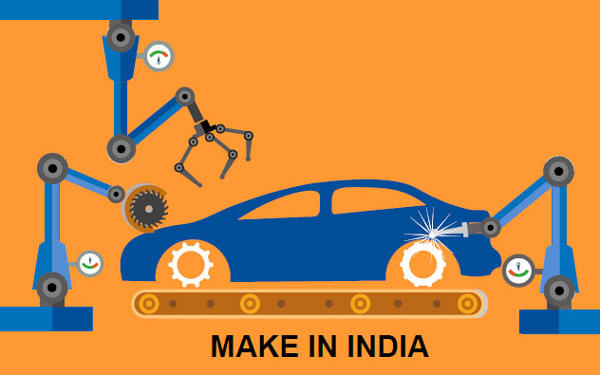The Automobile sector is going through a big churn in India as well as around the world. The exponential rise in the demand of automobiles in rural India, government’s push for public transport and increased expenditure on infrastructure, all these, are going on simultaneously and are interlinked. India became the 5th largest producer of the motor vehicles ( passenger cars, light commercial vehicles, mini-buses, trucks, buses, and coaches) in the world in 2016, leaving East Asian powerhouse, South Korea behind. The countries which are still ahead of India in the automobile production are China, United States, Japan, and Germany. The churn in transport and automobile sector in the country is expected to change the face of commuting in the upcoming years.
The domestic passenger car sales in the country grew by 6.05 percent in 2018. The previous year has been very volatile as the sales grew exponentially in the first half but moderated in the second half. The Kerala floods and high fuel prices in the second half were the main reasons behind the slowdown in growth. The automobile sector did not witness the expected hike in the crucial festival season as the sale of passenger vehicles declined by about 14 percent. The liquidity crunch in lending companies due to the ‘Non-Banking Financial Services’ crisis was also a reason behind the slowdown. However, despite all this, the six largest automakers in the country – Maruti Suzuki India Ltd, Hyundai Motor India Ltd, Tata Motors Ltd, Mahindra and Mahindra Ltd, Toyota Kirloskar Motor Pvt. Ltd and Honda Cars India Ltd sold 200,367 vehicles in 2018 compared to 200,456 units in 2017.

The sale of automobiles in rural India came as a major development in the market last year. Since decades, the urban areas have been the driver of the automobile growth but in the last few years, the rural landscape of the country has become the main market, especially in the two-wheeler segment. The sales figure is expected to move northwards in the last quarter of this financial year given the lower fuel prices, favorable macroeconomic conditions and better liquidity among lenders. The analysts expect 7-8 percent growth in the automobile segment in the financial year 2018-19.

The automobile sector under Modi government has grown at a speedy rate, especially the domestic sales due to the growth in the economy. The rising disposable income due to the cut down in the prices of basic goods and services has allowed the people to enjoy the vehicle rides. The overall domestic automobiles sales increased by 7.01 per cent combined annual growth rate (CAGR) between FY13-18 with 24.97 million vehicles getting sold in FY18. The growing middle class and the demographic dividend (the majority of the population in working age) are the main reasons behind the exponential growth of the automobile industry in the country.
The automotive industry in India is one of the largest in the world accounting for 7.1 percent of the country’s GDP. It along with the IT sector contributes handsomely to the exports of the country. The country is also the seventh largest manufacturer of commercial vehicles in the world. The export of commercial vehicles brings a lot of foreign exchange in the country. The automobile sector is set to accelerate the exports of India given its expertise in the automobile and technology sector. The developing countries like Mexico, South Africa have similar requirements like that of India and thus these countries are expected to import automobiles in huge number from India.































